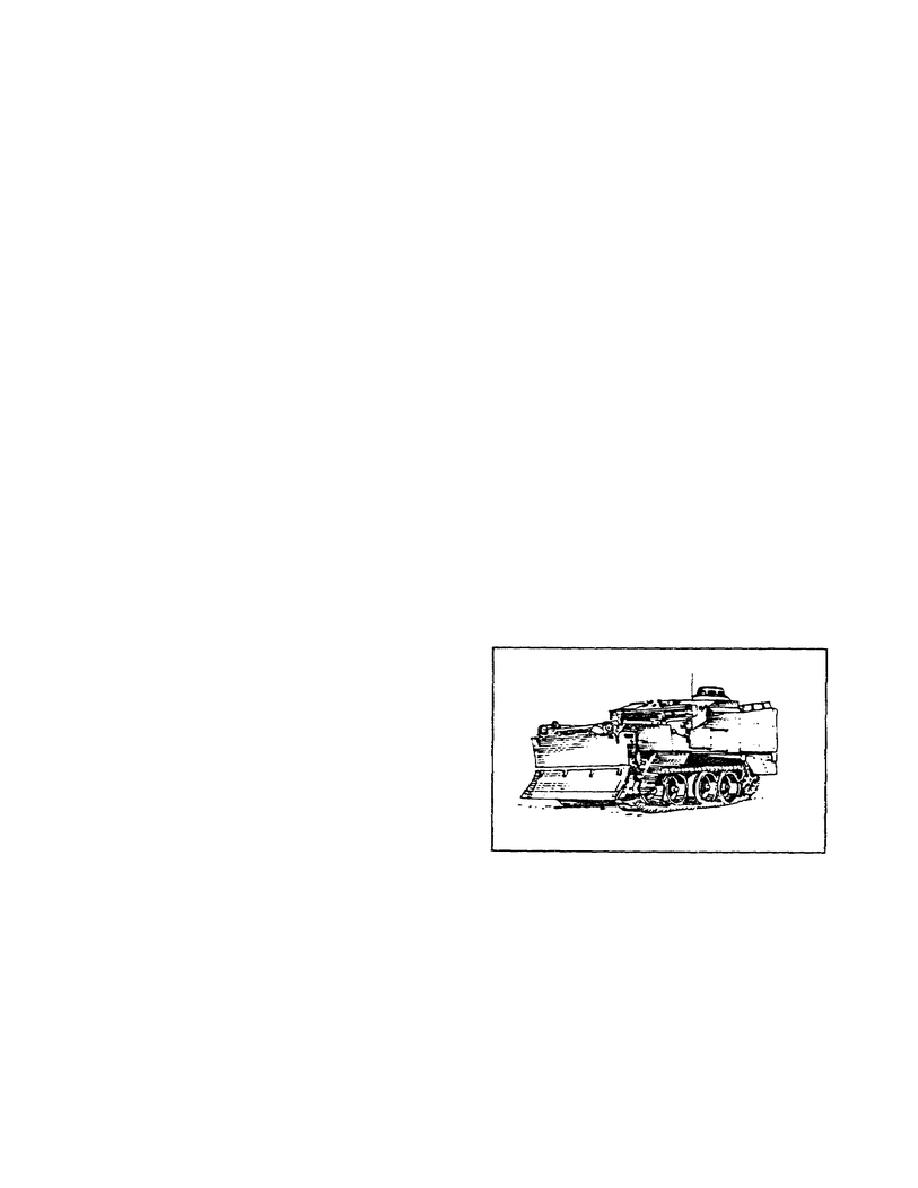
enemy regarding the location, size, and strength of the main body. A covering force accomplishes all
tasks of screen and guard forces. A covering force is tactically self-contained and operates at a
considerable distance to the front, flanks, or rear of a moving or stationary force. Its mission is to
develop the situation early and defeat the lead forces of the enemy. The cover mission for a division is
such that it normally requires a brigade-sized force to provide adequate command and control, maneuver
units, combat support (CS), and CSS to accomplish the mission. It should be heavily supported by field
artillery, engineers, air defense, intelligence resources, and CSS. When assigning a covering force
mission, the division commander must provide guidance on what he expects the force to accomplish and
the condition of battle he will accept prior to battle handover.
(e) Counterreconnaissance operations are conducted to counter enemy reconnaissance
and surveillance efforts. Counterreconnaissance is active and passive and includes combat action to
destroy or repel enemy reconnaissance elements. Its purpose is to deny the enemy commander his eyes
and ears, impeding his ability to determine the disposition of the friendly forces. If successfully
executed, it facilitates the element of surprise in the offense and prevents the rapid execution of the
enemy's attack plan in the defense. Counterreconnaissance efforts are continuous and are conducted
throughout the depth of the division's area of operations by all organic and supporting combat, CS, and
CSS units within the division. Counterreconnaissance measures include, but are not limited to, air
defense artillery and intelligence electronic warfare (IEW) to detect enemy reconnaissance elements,
obstacles to deny specific areas to the enemy, fire and maneuver to destroy enemy forces, sustainment
operations to maintain the counterreconnaissance effort, and effective command and control to integrate
and synchronize all assets in the counterreconnaissance operation.
b. Mobility, countermobility, and survivability. This BOS will be influenced by an NBC
environment. NBC weapons can be used in the offense or defense to enhance or impede mobility,
countermobility, and survivability.
(1) The purpose of mobility and
survivability operations at division level is to
provide mobility to division units, to degrade
the enemy's ability to move on the battlefield,
and to provide protective emplacements to
enhance personnel and equipment survivability.
Mobility, countermobility, and survivability
operations are planned consistent with the
commander's intent, mission, and concept of
operation.
Mobility operations consist of
breaching both friendly and enemy minefields,
Figure 3-4. Mobility, countermobility, and
and obstacles, gap crossing, maintaining the
survivability
main supply routes (MSR), preparing combat
trails between baffle positions, and supporting
forward aviation units.
3-7
SS0117



 Previous Page
Previous Page
